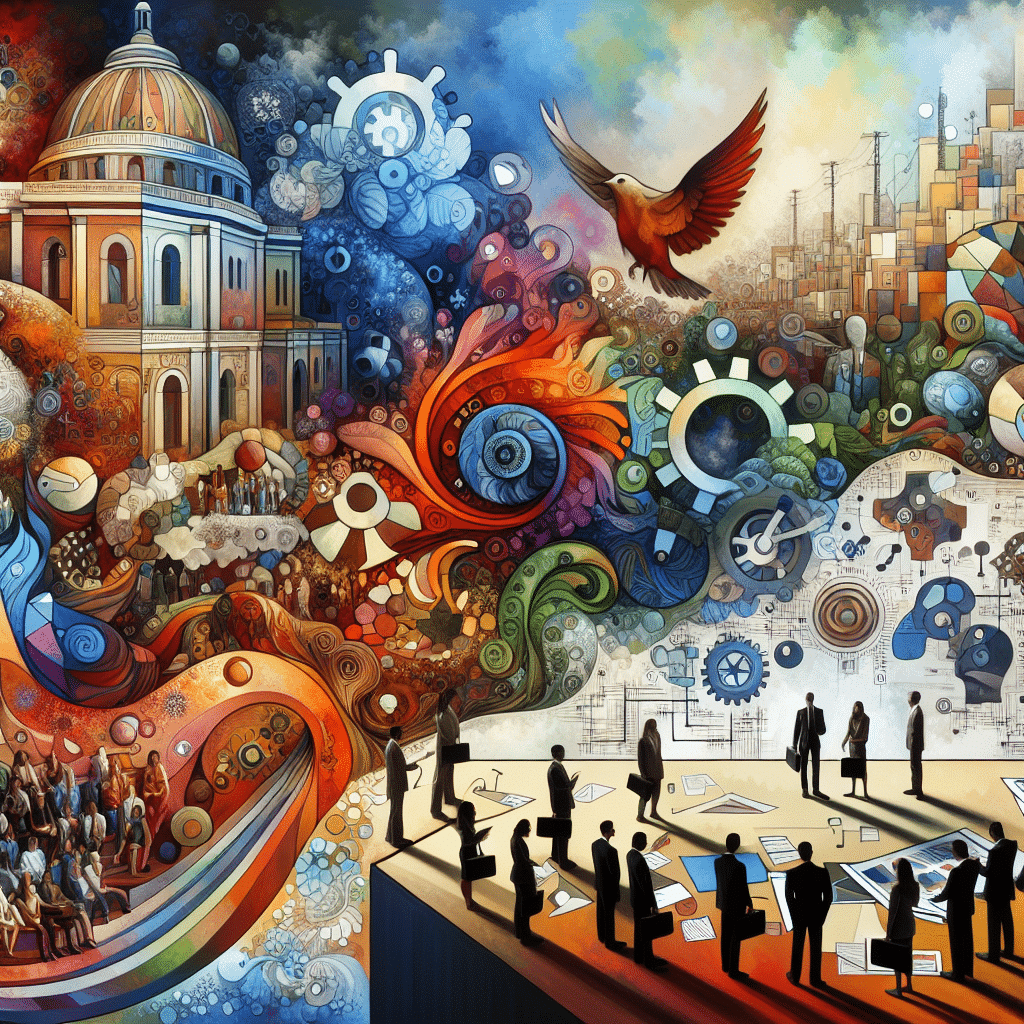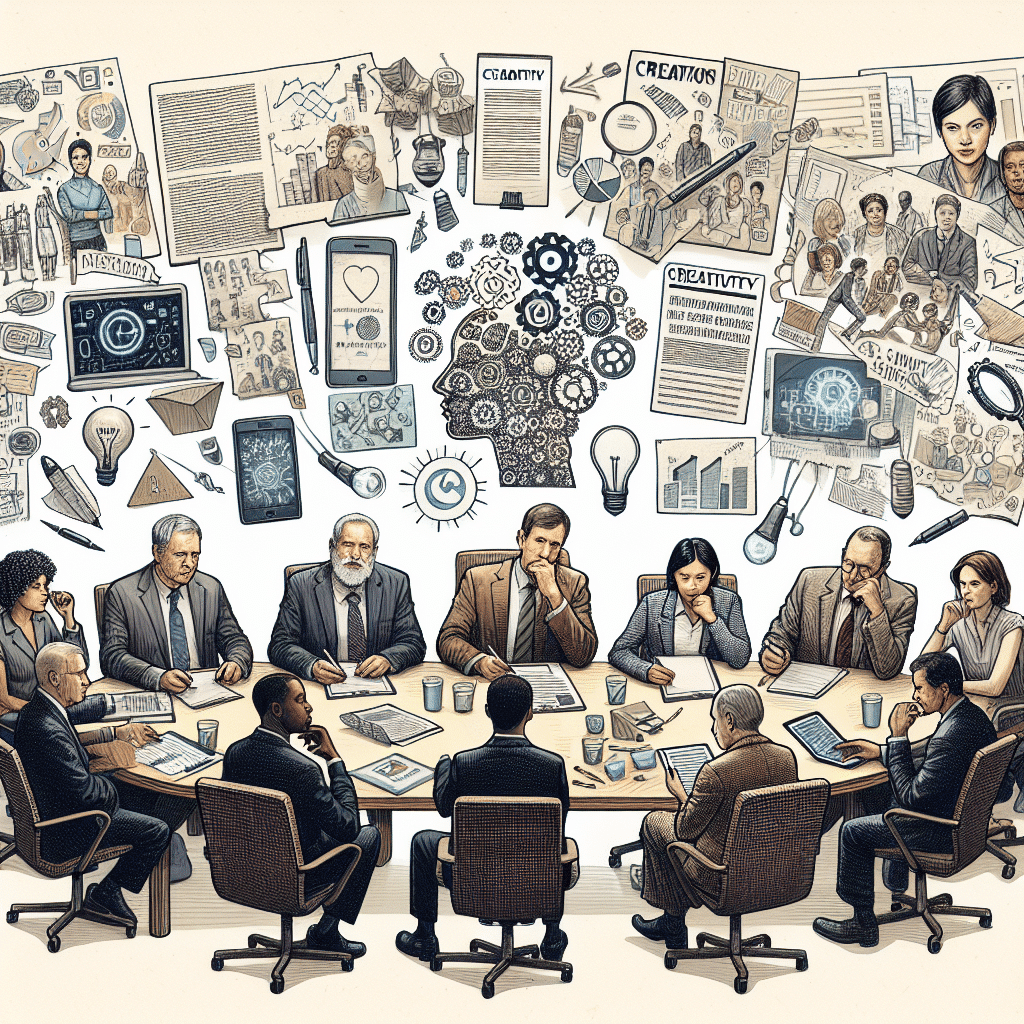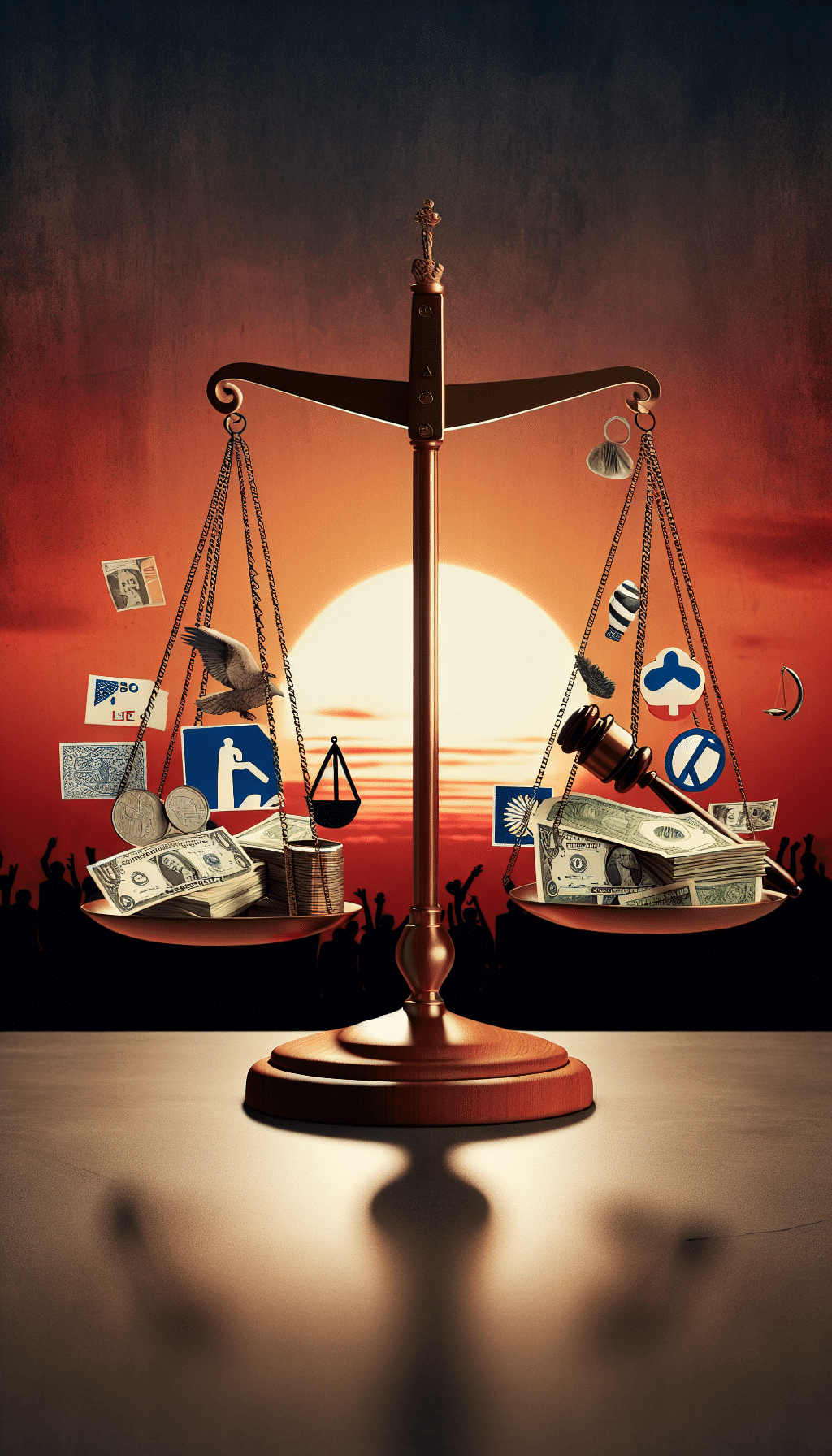
Definition of creativity in public policy
Creativity in public policy refers to the ability to think outside the box, come up with innovative solutions, and generate new ideas to address complex societal challenges. It involves a willingness to explore unconventional approaches and embrace diverse perspectives in policy development. Creativity in public policy can lead to more effective, efficient, and sustainable solutions that better serve the needs of the public. In this section, we will delve into how creativity plays a pivotal role in shaping public policies and the implications it has on governance and decision-making processes.
Impact of creativity on policy development
When creativity is infused into policy development processes, it can lead to more innovative, effective, and sustainable solutions to complex societal issues. Creativity allows policymakers to think outside the box, consider multiple perspectives, and come up with novel approaches to address challenges. By fostering a culture of innovation and imagination in policy-making, governments can enhance their ability to adapt to changing circumstances and improve the well-being of their citizens.
One key impact of creativity on policy development is the ability to generate groundbreaking ideas that can transform the status quo. Creative thinking enables policymakers to identify new opportunities, anticipate potential risks, and design policies that are not only responsive but also proactive in addressing emerging issues. By encouraging creative problem-solving techniques, policymakers can devise resource-efficient strategies that maximize benefits and minimize negative impacts on society and the environment.
Furthermore, creativity in policy development can enhance public engagement and participation in decision-making processes. By incorporating diverse perspectives and involving stakeholders in the co-creation of policies, governments can build trust, credibility, and legitimacy in their actions. Creative approaches such as participatory design, crowdsourcing, and citizen consultations enable policymakers to better understand the needs and preferences of the communities they serve, leading to more inclusive and relevant policy solutions.
Moreover, creativity can foster collaboration and cooperation among different sectors, disciplines, and levels of government. By breaking down silos, encouraging interdisciplinary approaches, and promoting cross-sectoral partnerships, policymakers can leverage diverse expertise and resources to tackle complex challenges holistically. Creative policy development processes can also inspire a culture of experimentation, learning, and adaptation, enabling governments to continuously improve their policies based on evidence and feedback.
In conclusion, the impact of creativity on policy development is profound and multifaceted. By embracing innovation, imagination, and open-mindedness, governments can unleash the full potential of creative thinking to address the pressing issues of our time and create a more sustainable, equitable, and resilient future for all.
Challenges in fostering creativity in policy-making
While creativity can enhance the effectiveness of public policy, there are several challenges in fostering creative approaches in policy-making. One major obstacle is the traditional bureaucratic structure of government institutions, which often prioritize conformity and adherence to established procedures over innovative thinking. This can create a culture that is resistant to change and new ideas, hindering the integration of creativity into policy development processes.
Another challenge is the lack of resources and expertise dedicated to fostering creativity within government agencies. Many policymakers may not have the training or background in creative thinking and may not prioritize creativity in their decision-making processes. This can result in missed opportunities for developing innovative solutions to complex policy problems.
Additionally, political factors such as partisan interests and ideological differences can also stifle creativity in policy-making. Policymakers may be hesitant to propose unconventional ideas that could be perceived as risky or controversial, particularly in highly polarized political environments. This can lead to a lack of experimentation and innovation in policy development.
Furthermore, the lack of collaboration and multidisciplinary approaches in policy-making can inhibit creativity. Siloed departments and fragmented decision-making processes may prevent the exchange of diverse perspectives and ideas, limiting the potential for creative solutions to emerge.
Overcoming these challenges requires a shift in organizational culture, leadership commitment to promoting creativity, and investment in training and resources for policymakers to develop creative skills. Implementing structures and processes that facilitate collaboration, experimentation, and risk-taking can help foster a more creative approach to policy-making. By addressing these barriers, policymakers can leverage the power of creativity to develop more effective and innovative public policies that better address the complex challenges of the modern world.

Case studies of successful integration of creativity in public policy
Seattle’s Creative Approach to Affordable Housing
One notable case of successful integration of creativity in public policy is Seattle’s innovative approach to affordable housing. Facing a significant housing crisis, the city implemented a creative policy that incentivized developers to include affordable units in their projects in exchange for additional building height or density allowances. This approach not only addressed the pressing issue of affordable housing but also encouraged creativity in urban planning and development.
California’s Renewable Energy Initiatives
California’s commitment to renewable energy showcases another successful implementation of creativity in public policy. Through a series of innovative initiatives, such as incentivizing solar panel installations and imposing strict emission standards, the state has become a global leader in clean energy. By fostering creativity in policy-making, California has not only reduced its carbon footprint but also created a thriving renewable energy industry.
South Korea’s Creative Education Reforms
South Korea’s transformation of its education system provides a compelling case study of integrating creativity into public policy. Recognizing the limitations of traditional rote learning methods, the country implemented innovative reforms that emphasized creativity, critical thinking, and problem-solving skills. As a result, South Korea’s students have excelled in global assessments and demonstrated a holistic approach to education that values creativity and innovation.
In conclusion, these case studies demonstrate the transformative power of creativity in public policy. By embracing innovative approaches and fostering a culture of creativity, governments can address complex challenges, stimulate economic growth, and improve the well-being of their citizens.
Recommendations for promoting creativity in policy implementation
Creativity plays a crucial role in shaping public policy outcomes and addressing complex societal challenges. To effectively promote creativity in policy implementation, it is essential to consider the following recommendations:
1. Embrace Diversity and Inclusivity
Diverse perspectives and voices are essential for fostering creativity in policy-making. Encouraging inclusivity within decision-making processes can lead to innovative solutions that address the needs of all stakeholders. This can be achieved through diverse representation in policy development teams, public consultations, and engagement with marginalized communities.
2. Foster a Culture of Innovation
Creating a supportive environment that values experimentation and risk-taking is key to promoting creativity in policy implementation. Policy-makers should be encouraged to think outside the box, test new ideas, and learn from failures. Investing in training programs and capacity-building initiatives can help cultivate a culture of innovation within government agencies.
3. Collaborate Across Sectors
Cross-sector collaborations can bring together expertise from various fields and disciplines to develop holistic and interdisciplinary policy solutions. By engaging with stakeholders from academia, private sector, civil society, and the public, policy-makers can access a diverse range of perspectives and insights that stimulate creativity and innovation.
4. Utilize Technology and Data Analytics
Harnessing the power of technology and data analytics can enhance the effectiveness of policy implementation by providing real-time insights, predictive modeling, and evidence-based decision-making. Leveraging digital tools and platforms can streamline processes, improve transparency, and facilitate communication with stakeholders, leading to more creative and responsive policy solutions.
5. Evaluate and Iterate
Continuous evaluation and feedback mechanisms are essential for gauging the impact of policies and identifying opportunities for improvement. By collecting data, monitoring progress, and soliciting feedback from stakeholders, policy-makers can learn from their experiences, adapt strategies, and refine policies to better meet the evolving needs of society.
By implementing these recommendations, governments can promote creativity in policy implementation, drive positive societal change, and foster innovation in public administration.

Summary
Public policy implications of creativity are essential for addressing complex challenges and fostering innovative solutions. Creativity in policy-making can lead to more effective, efficient, and inclusive policies that better serve the needs of society. However, there are challenges in integrating creativity into traditional policy processes, including resistance to change and risk aversion.
By examining successful case studies and implementing recommendations for promoting creativity in policy implementation, policymakers can harness the power of creativity to drive positive change and create lasting impact in communities. Embracing creativity in public policy can lead to transformative outcomes and enable more responsive and forward-thinking governance.






